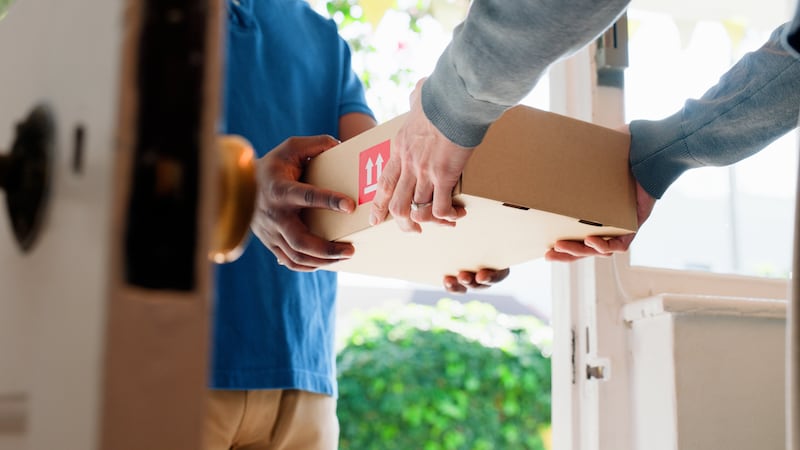Chemists at Trinity College Dublin have cooked up something special – a gel that could be used in a variety of ways, from preventing scarring on damaged skin to providing a car finish that automatically heals up scratches.
Research into gels has become very important in recent years , says Prof Thorri Gunnlaugsson, who holds the personal chair in chemistry at Trinity. They are seen as novel new coatings that have unusual and tailorable properties across a range of applications.
The gel also has the useful characteristics of being relatively cheap and easy to make. And as so very often happens in science the stuff – which has the consistency of soft jelly – was discovered when looking for something else.
“We were working on using metal ions to help make assemblies of larger molecules,” Gunnlaugsson says.
The work involved mixing organic chemicals called ligands that naturally connect with the metals to form structures. He got one of his researchers, Dr Miguel Martínez-Calvo to make a simple new ligand and blended it with the metals.
“In the process he managed to make these gels,” says Gunnlaugsson.
New material
“We thought we would get some kind of organic framework structure, but when we did the synthesis we got this gel, a new material that we didn’t expect,” says Dr Oxana Kotova, a research fellow in chemistry working with Gunnlaugsson. They described their findings in the current issue of the
Journal of the American Chemical Society
.
It might have ended up as nothing more than gunk in the bottom of a test tube but the researchers had added two very useful metals in their gel, europium and terbium.
“We use these metals because they can connect to three or more ligands around them and they begin to organise themselves into shapes which would otherwise be impossible to form,” he says.
They self assemble to make a fibrous gel that has lots of useful properties. For example the gel readily “heals” itself after cuts or breaks.
“It is like jelly, you can push it around. We cut it with a scalpel and pulled it apart but then it grew back together and healed itself before our eyes.”
They worked with Trinity colleagues John Boland and Matthias Möbius who studied the gels at the nanotechnology scale of atoms to understand the structure.
Now the chemists are working to understand the gel’s characteristics and how they might be used.
One reason why those metals were also used is because they luminesce when exposed to light, they glow green for terbium and red for europium. These can also be mixed to get other tones like orange and they are working on making a gel that will glow blue.
The luminescent characteristics of terbium and europium have been in use for a long time, formerly in old television tubes and more recently as an anti-counterfeiting feature on euro notes.
Gunnlaugsson sees sensors as another way to make use of their useful luminescence.
“You can sculpt them but we are also working with a UK lab to use the gel with ink-jet printing. You would make a series of dots, with each dot responding say to a different electrolyte and sensing for substances.
“They colour in response to these substances. You could use blood or urine and put it in a spectrometer and get an immediate return in light to measure what is there and its concentration in solution.”
He believes the gel could also be used to protect skin damaged by grafting or a severe burn. “The gel is strong enough to close the wound and would degrade and promote natural healing,” he says.
“If you put it on a wound it might contain collagen and encourage more collagen to grow within it. It would help to grow healthy cells and you would have a barrier layer,” says Kotova.
“That is one use we are really interested in, but it is a log term goal, a blue skies idea,” Gunnlaugsson suggests. “But the options for the gel are endless. That is why we need to talk to people to see how they believe the gel could be used. We could add properties or change the way it responds.”
The great potential for the gel is reflected in the size of a research award – €3.1 million – given to Gunnlaugsson last autumn by Science Foundation Ireland.
Unbroken surface
It might not be the most important potential use, but a self-healing surface on a car would help cover over the dents left by other drivers carelessly opening car doors in a parking lot. The gel would not be fluid in this case but it would retain the ability to close a gap to renew an unbroken surface. So key scratches would disappear of their own accord.
That alone might be a commercial reason to pursue this promising research.















